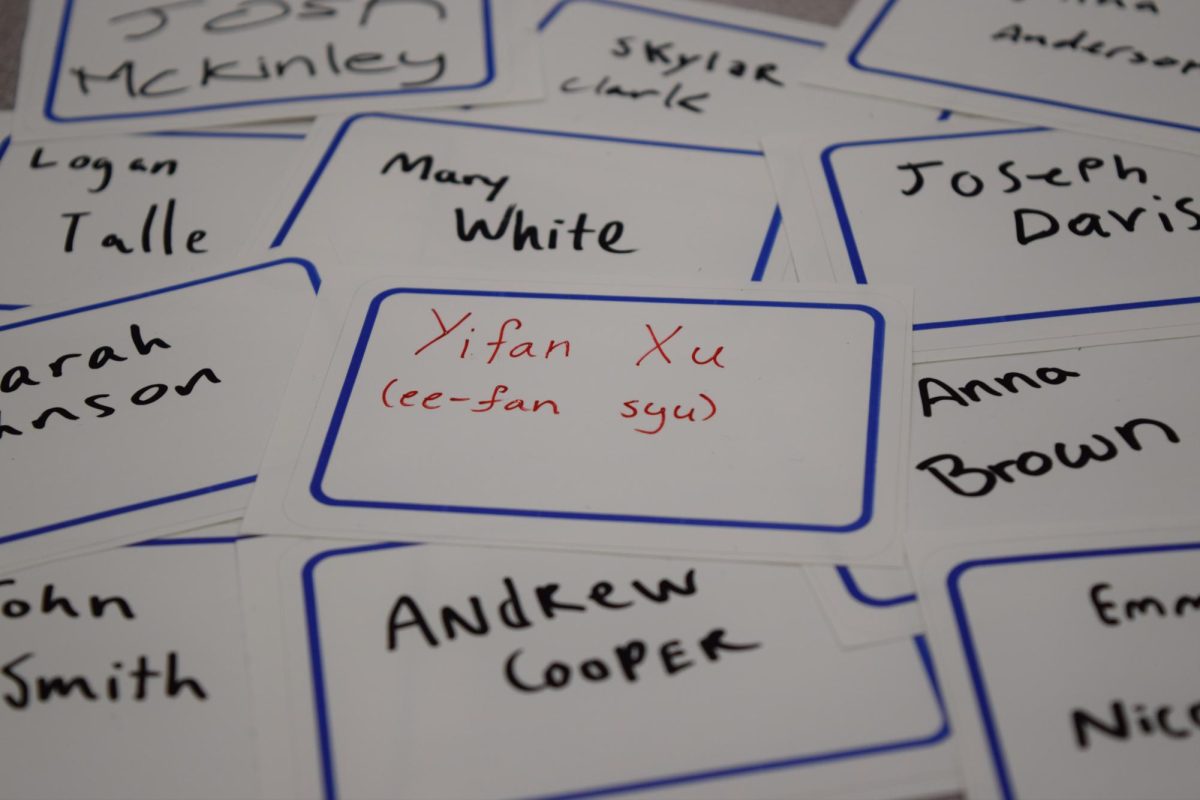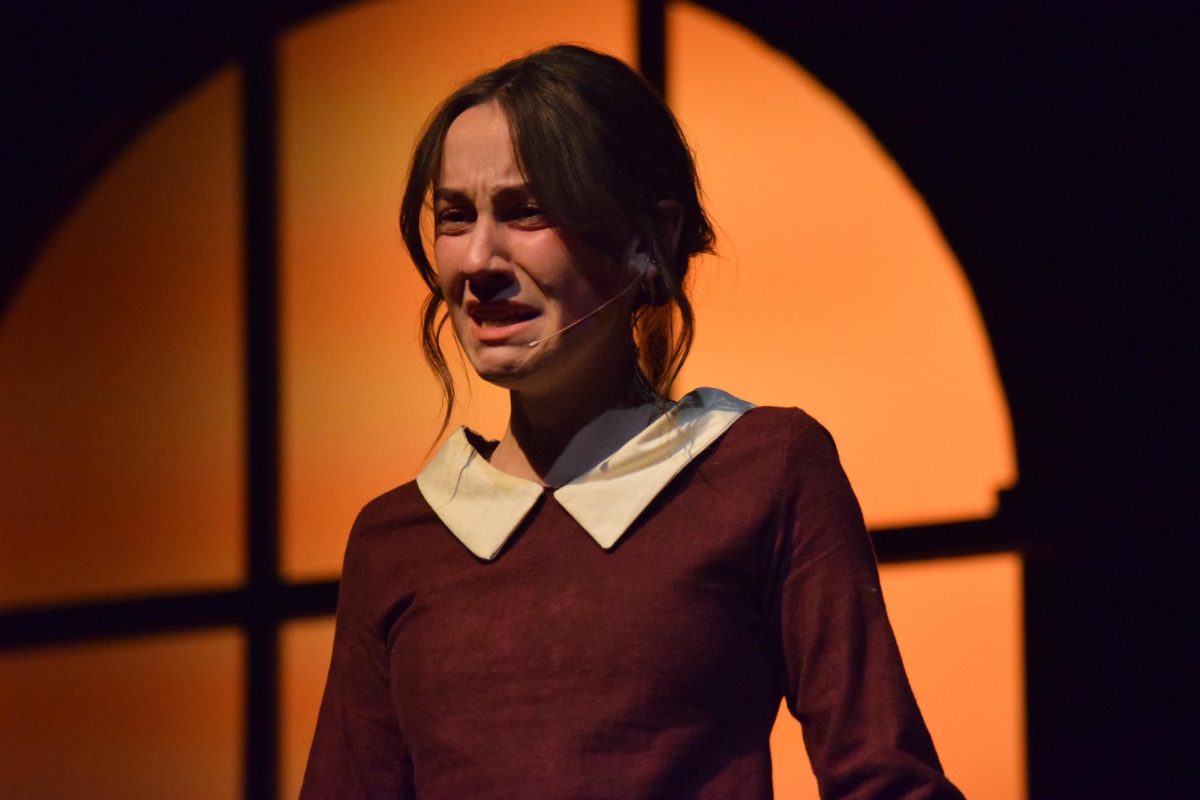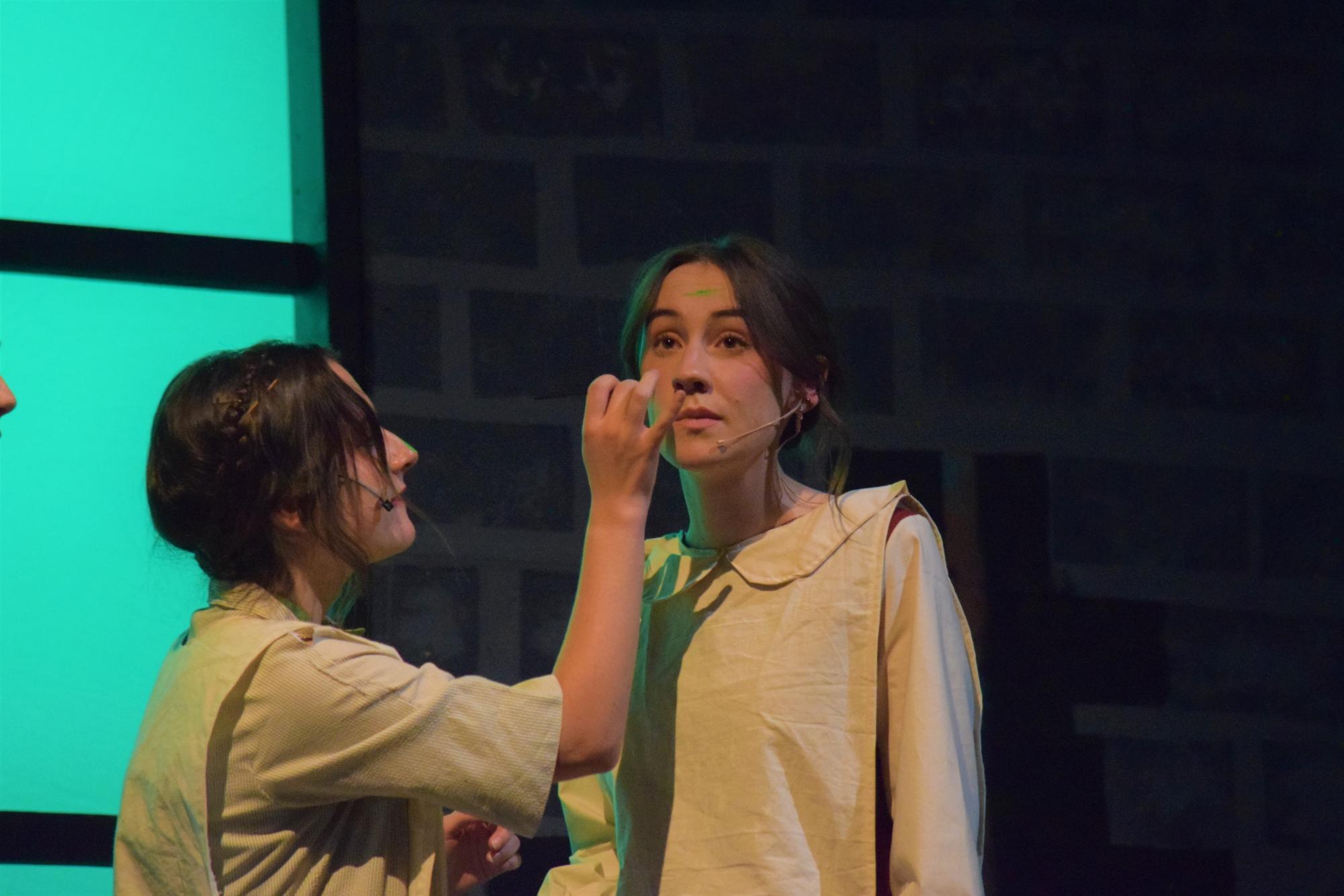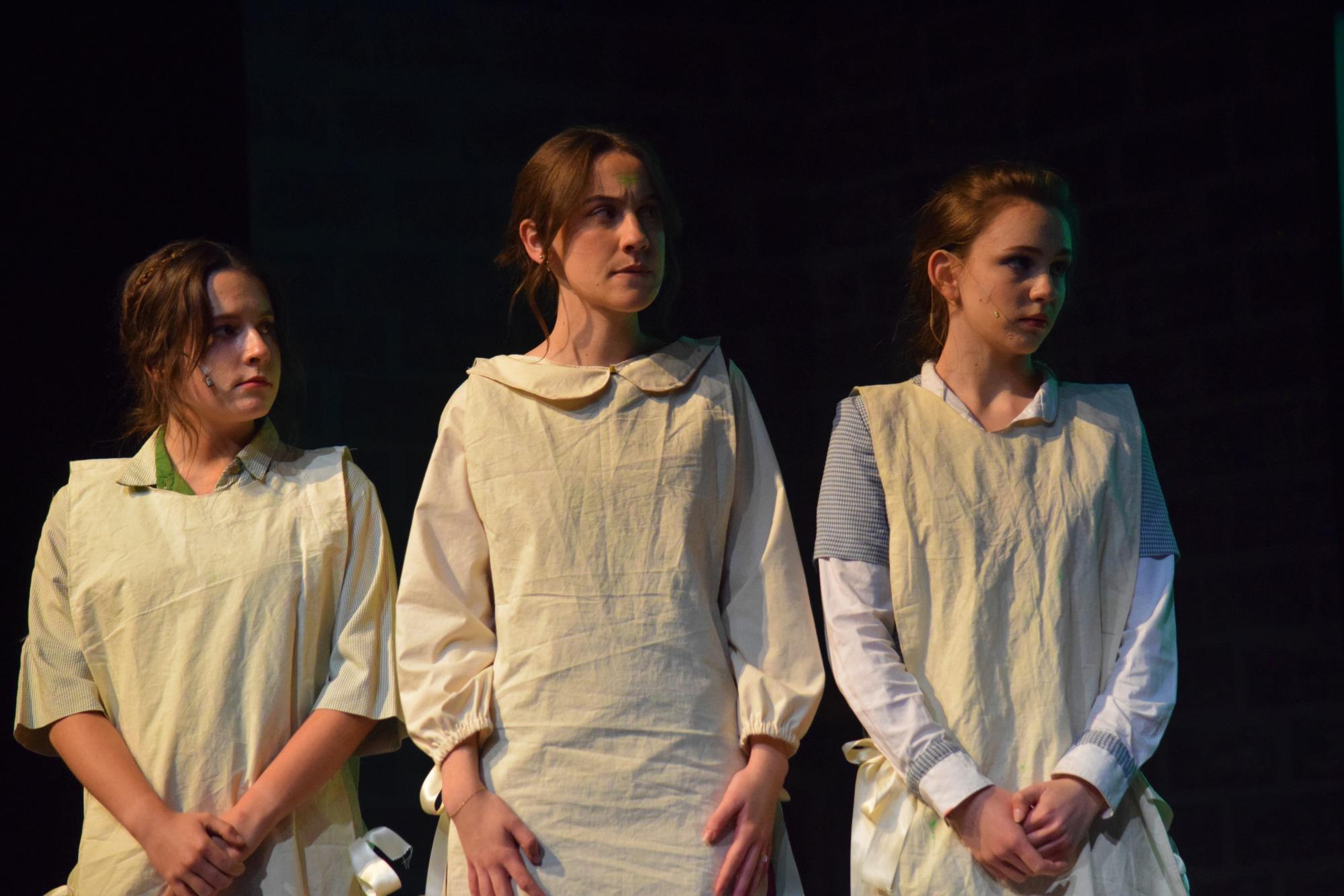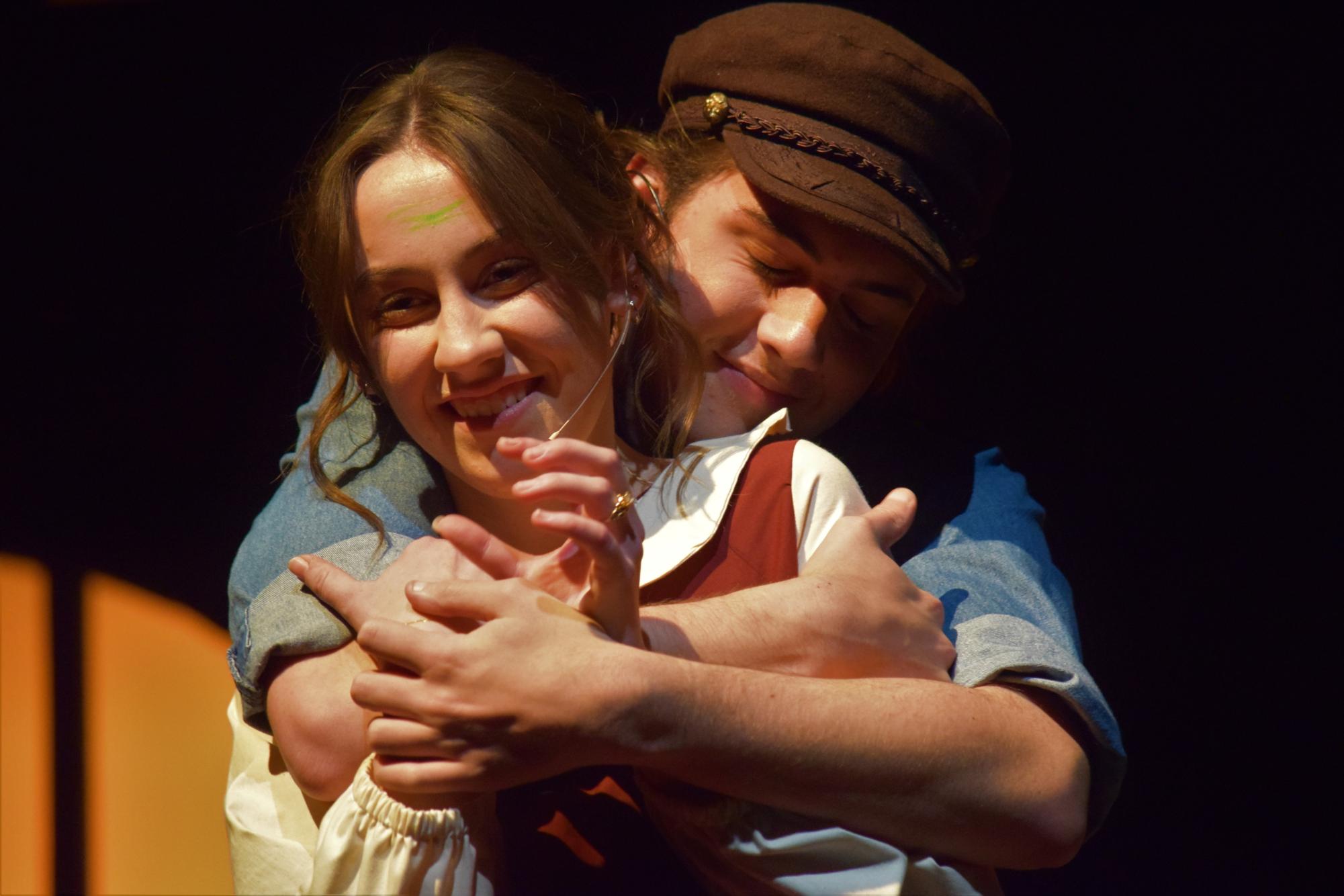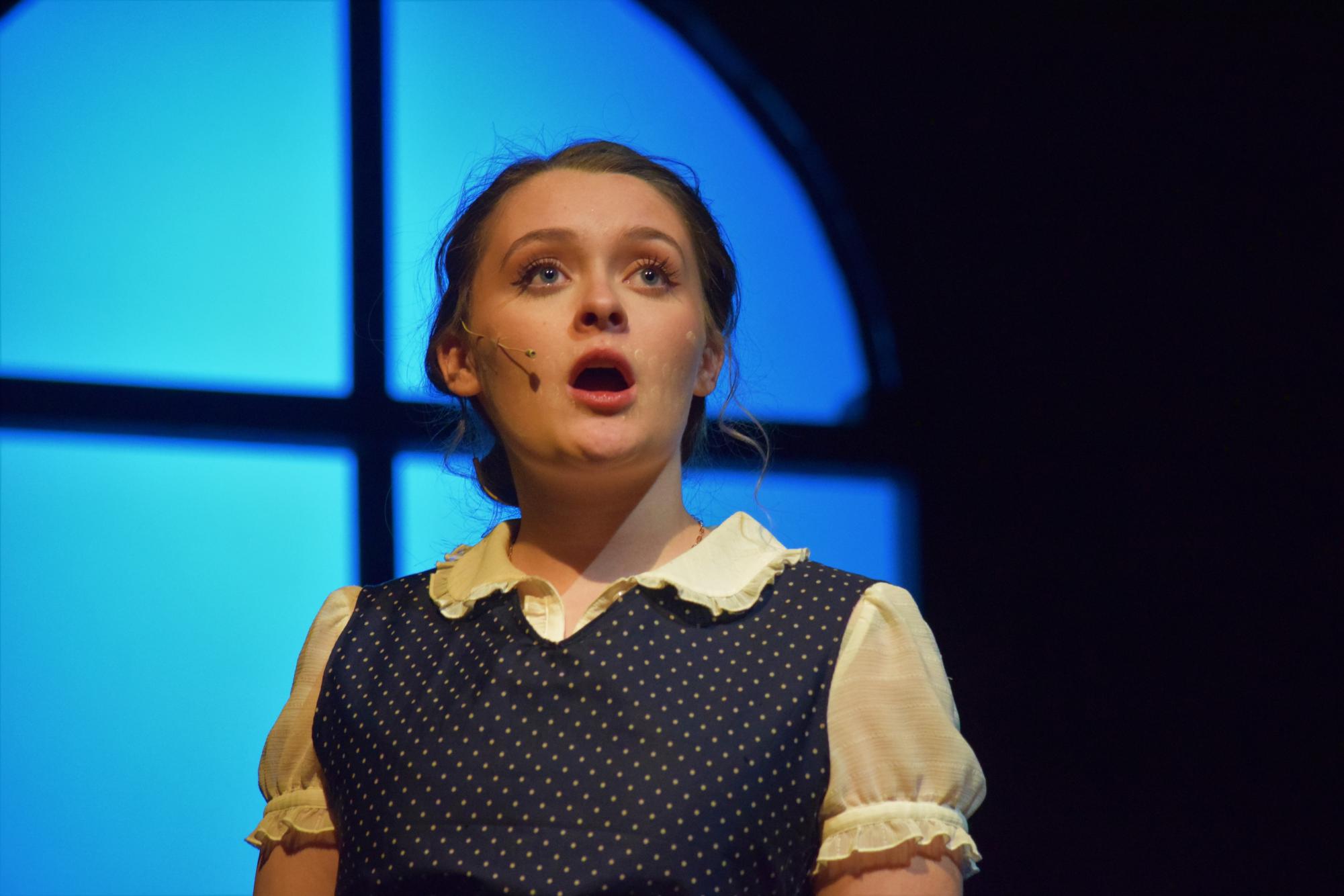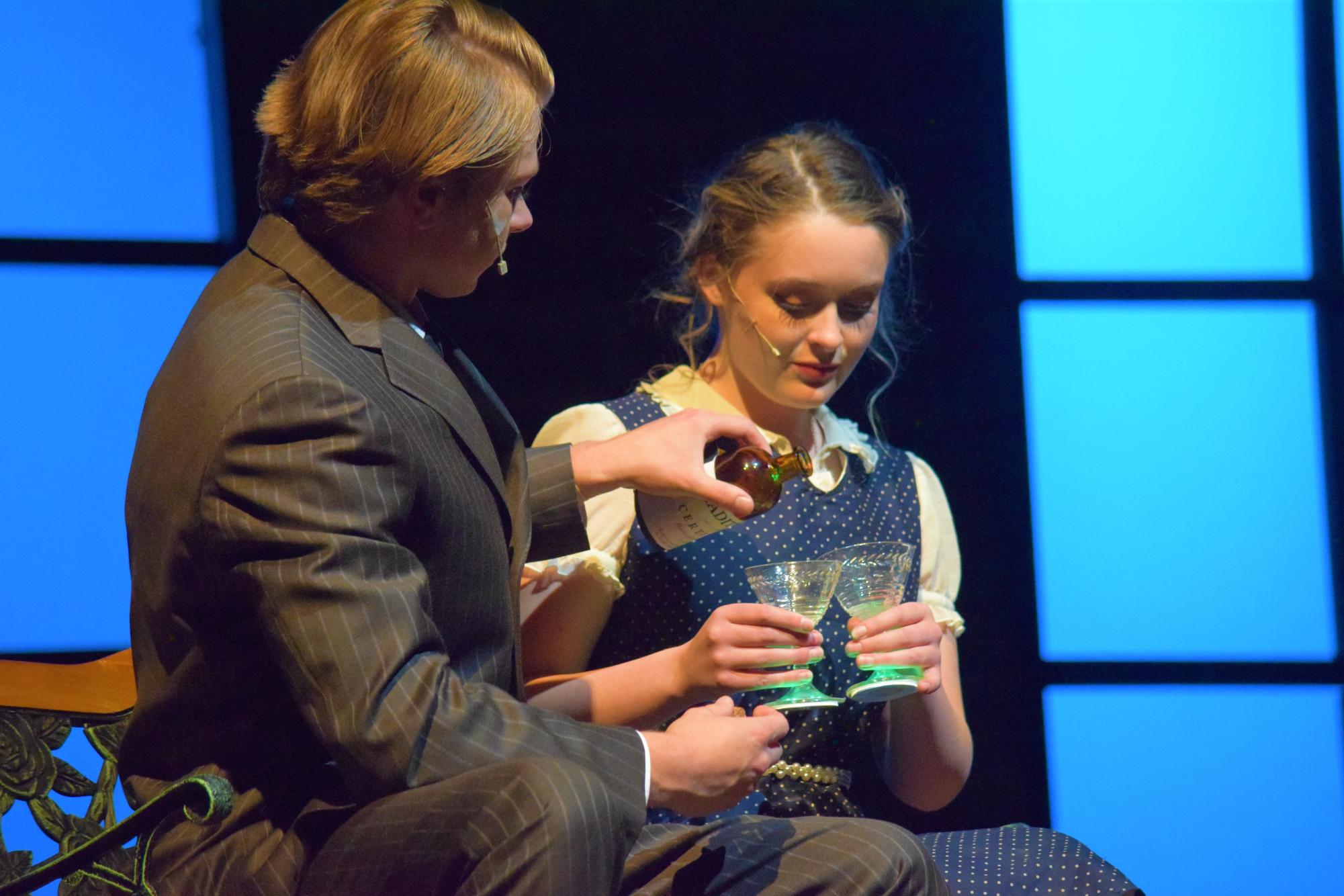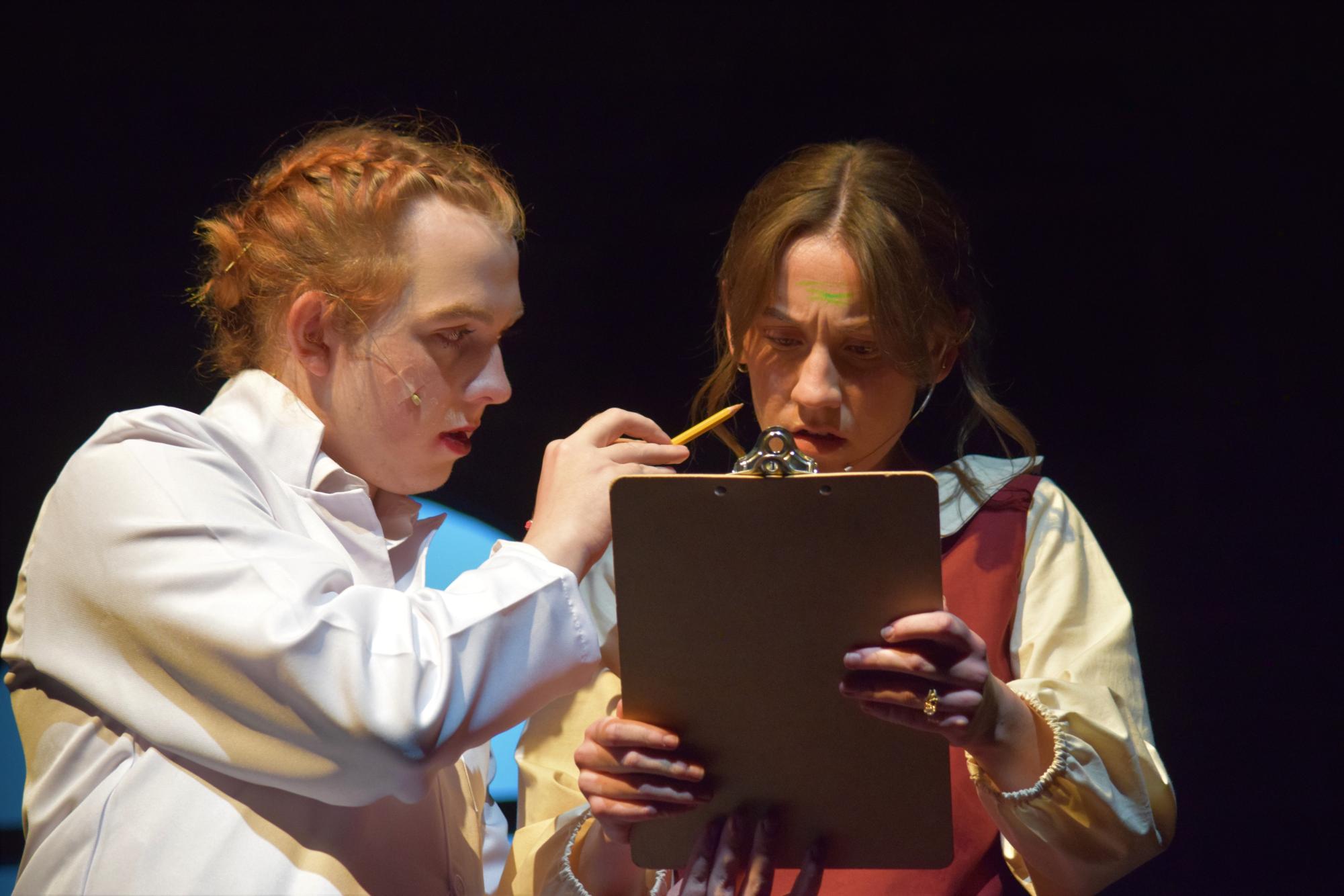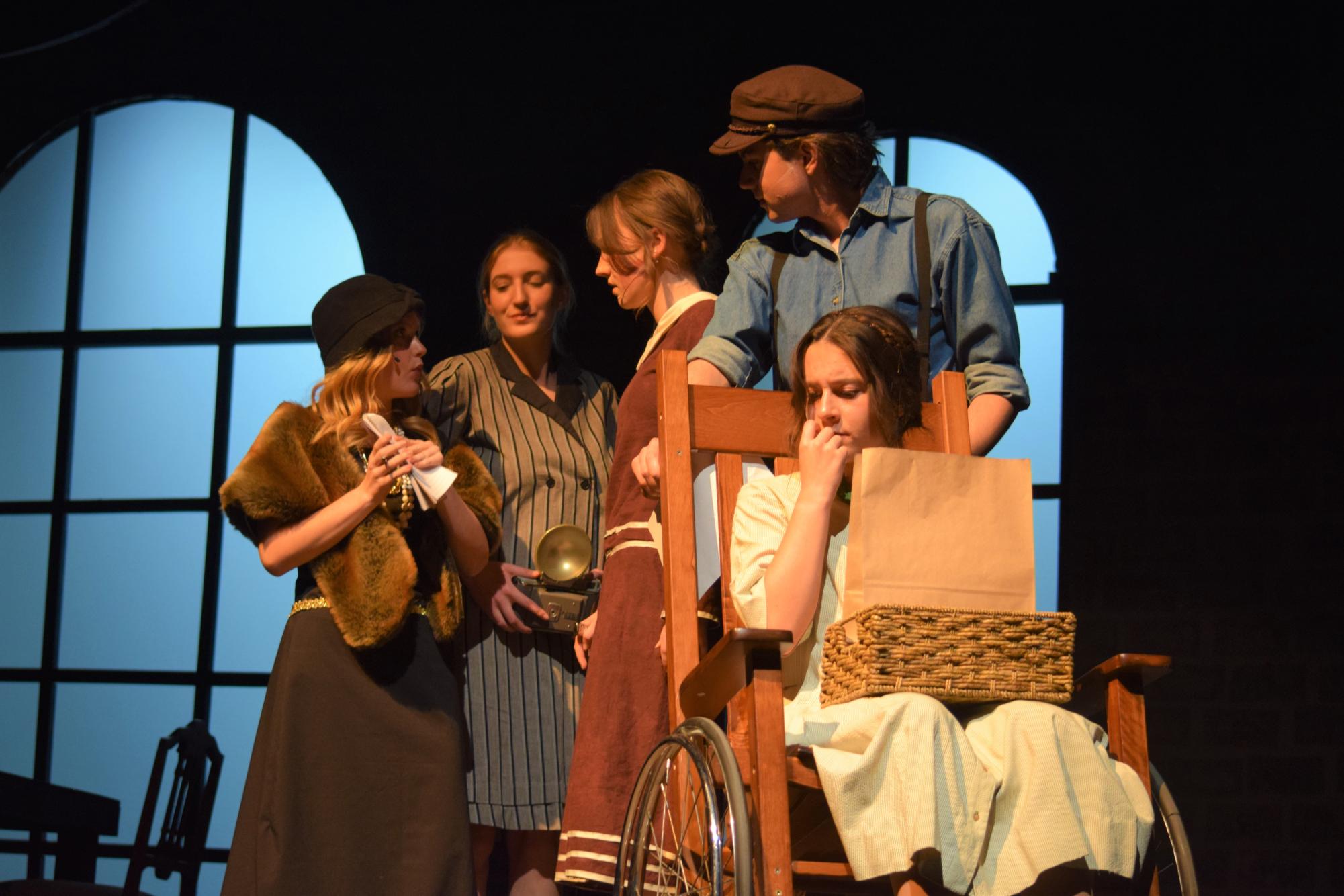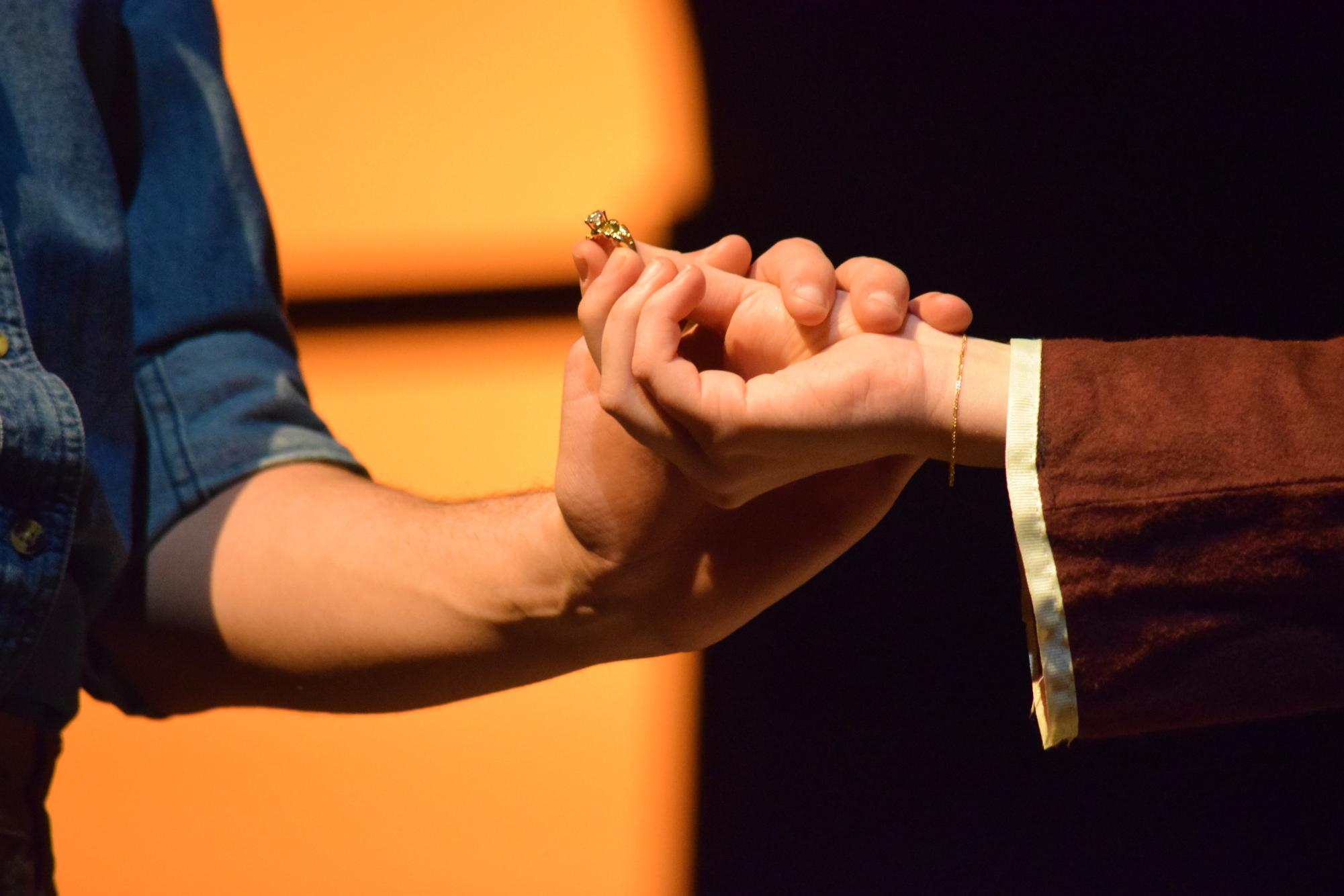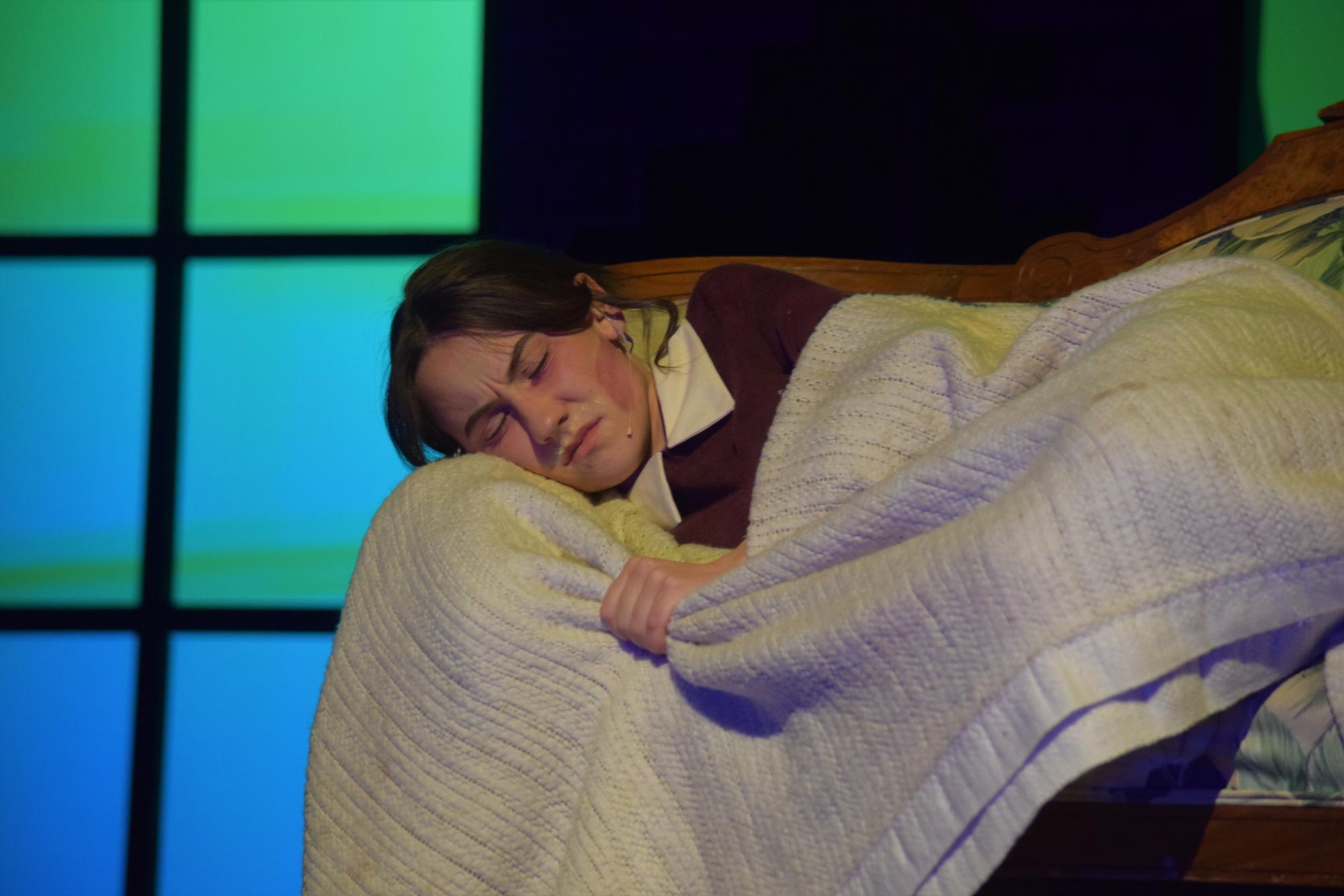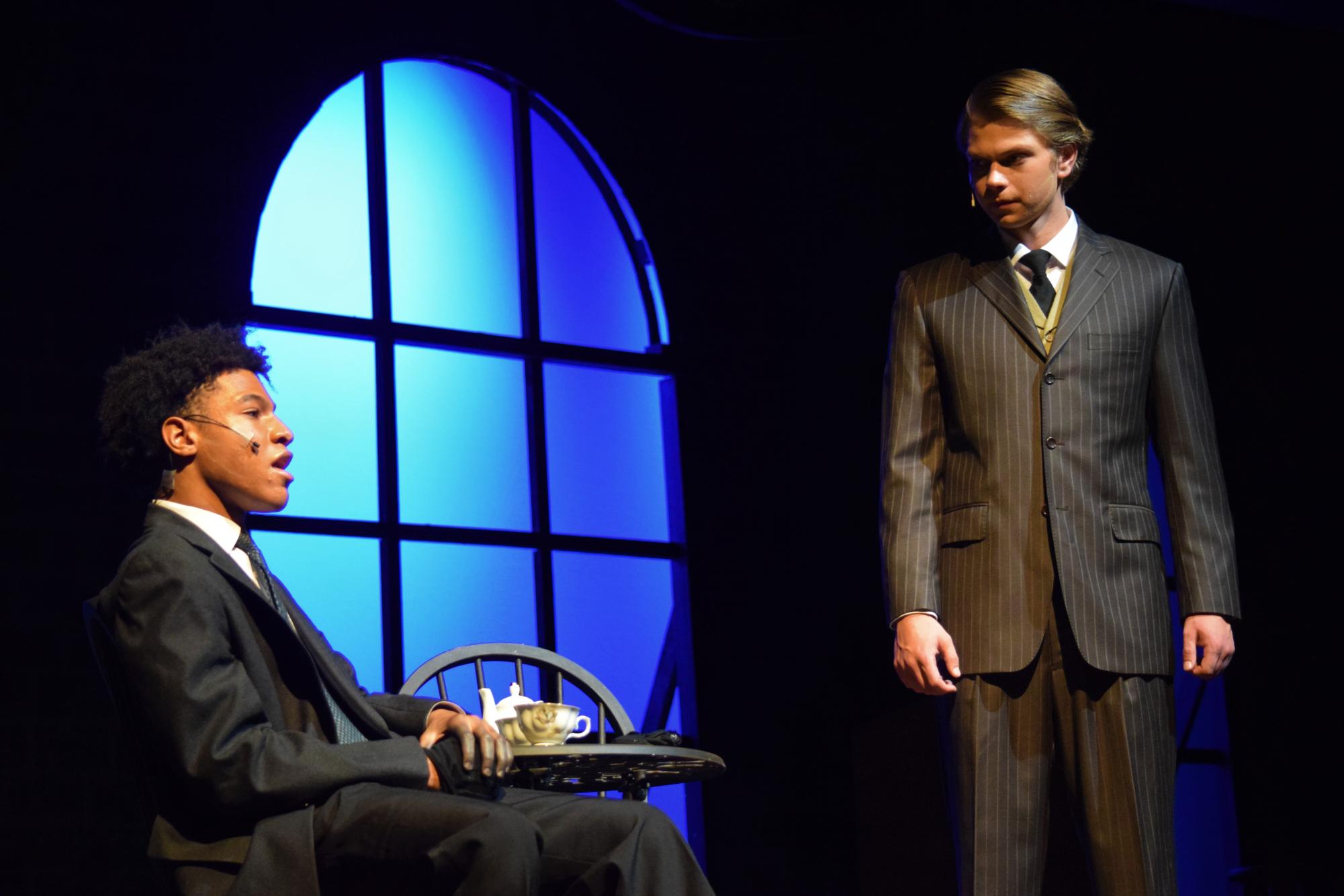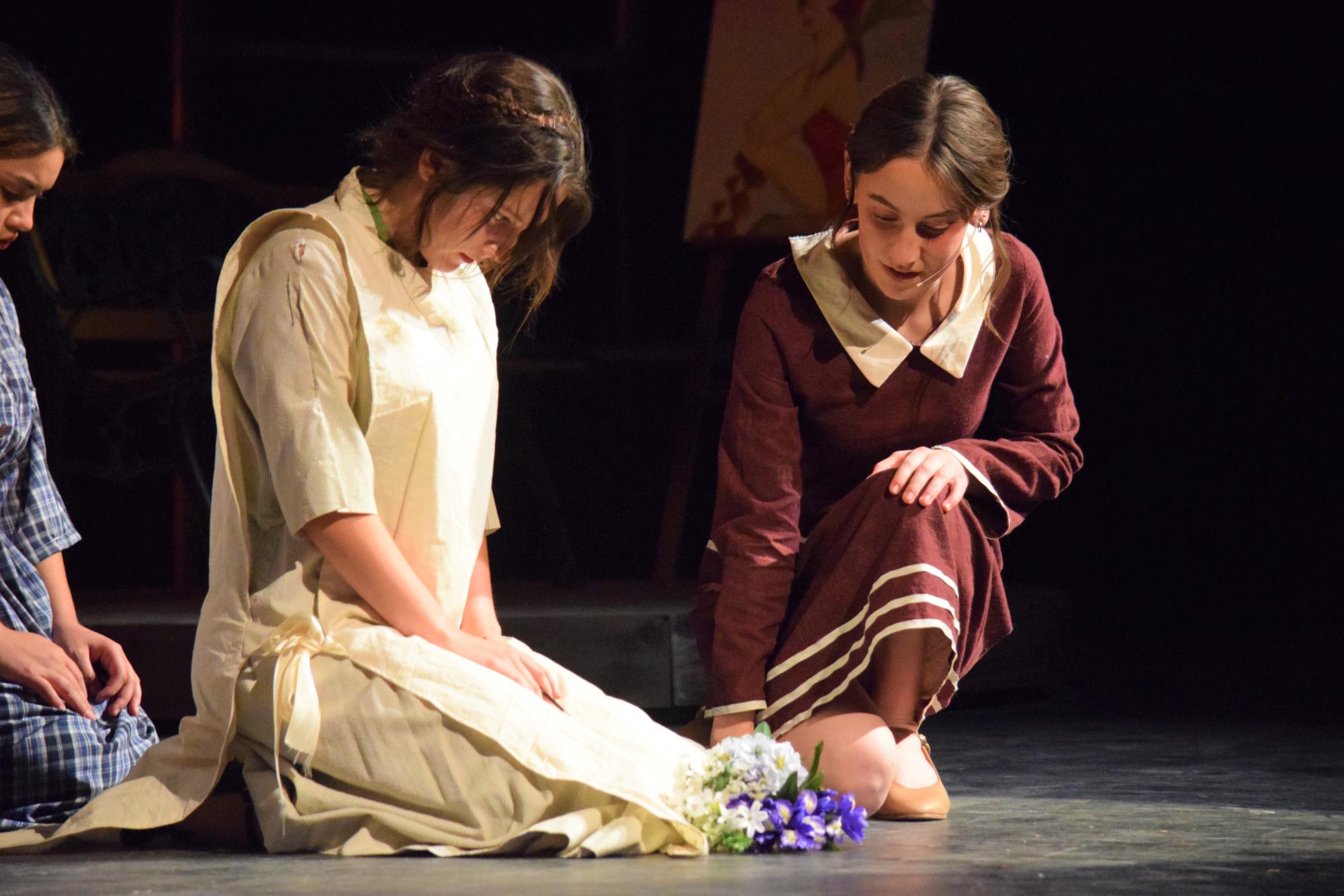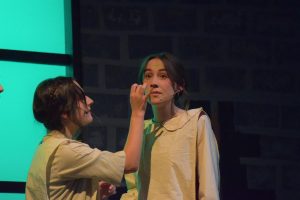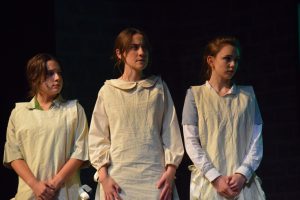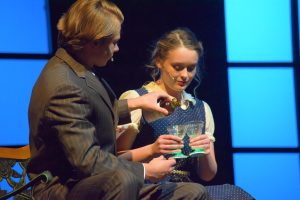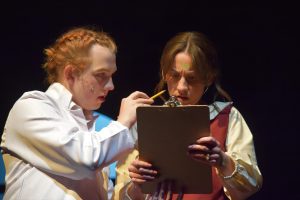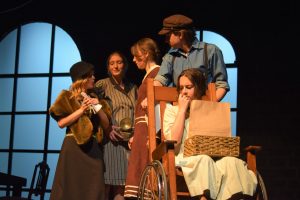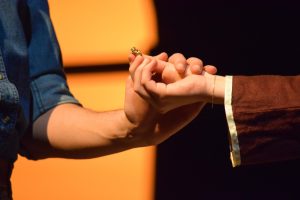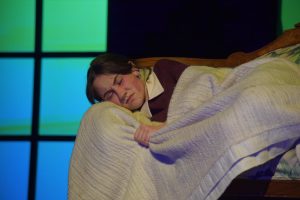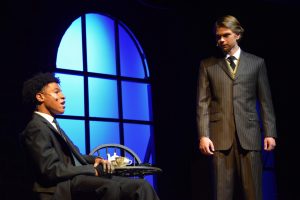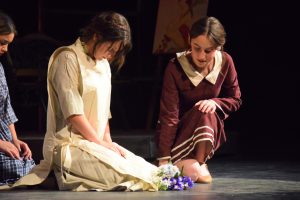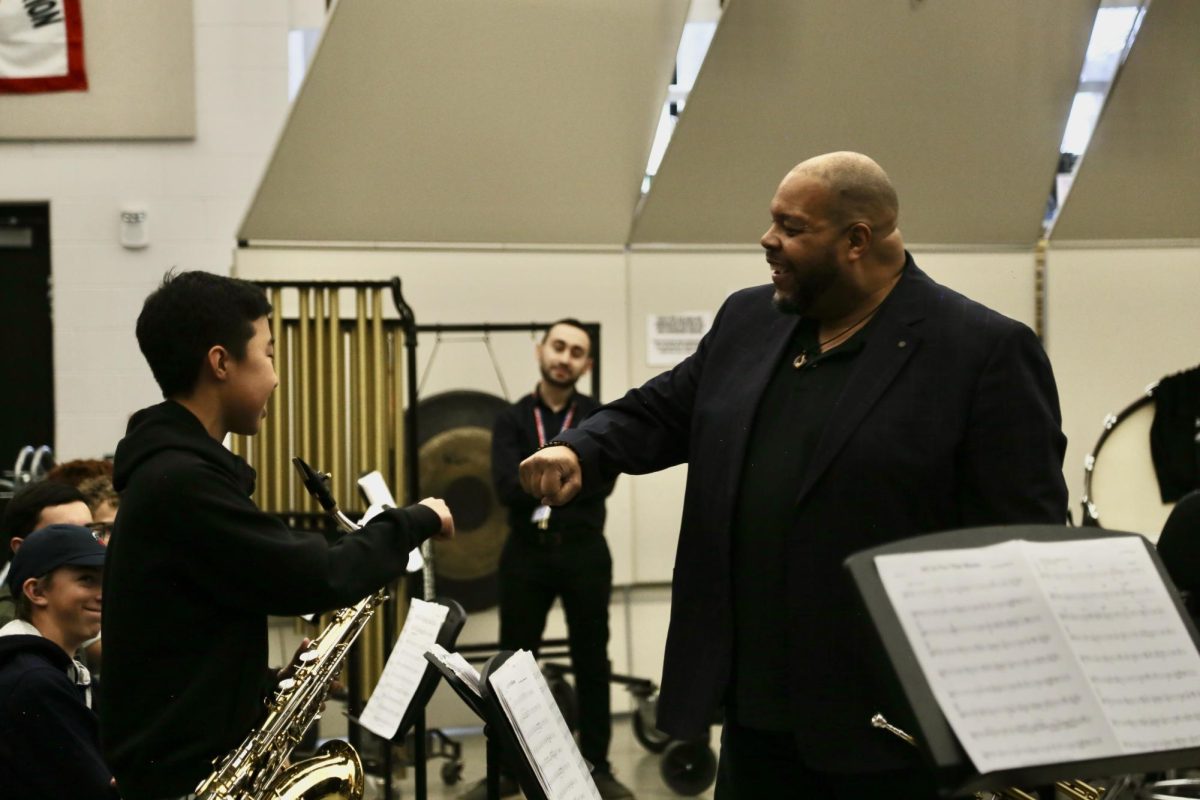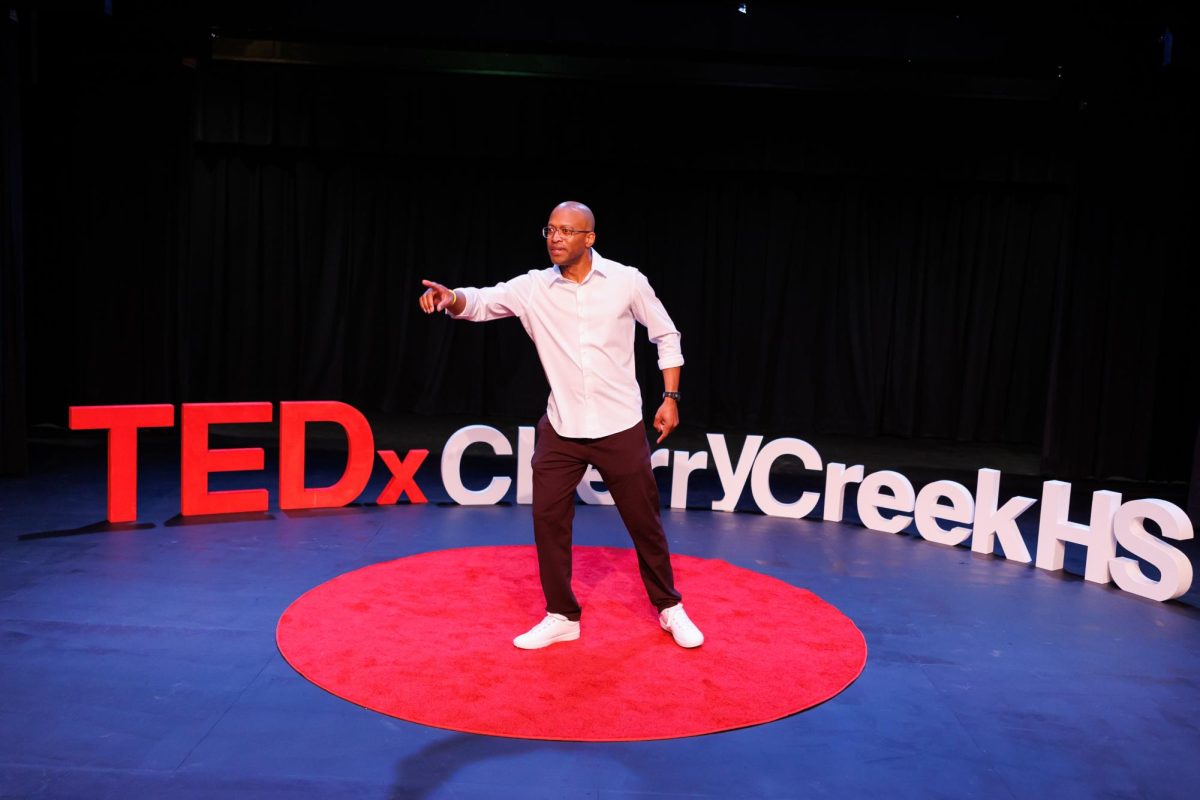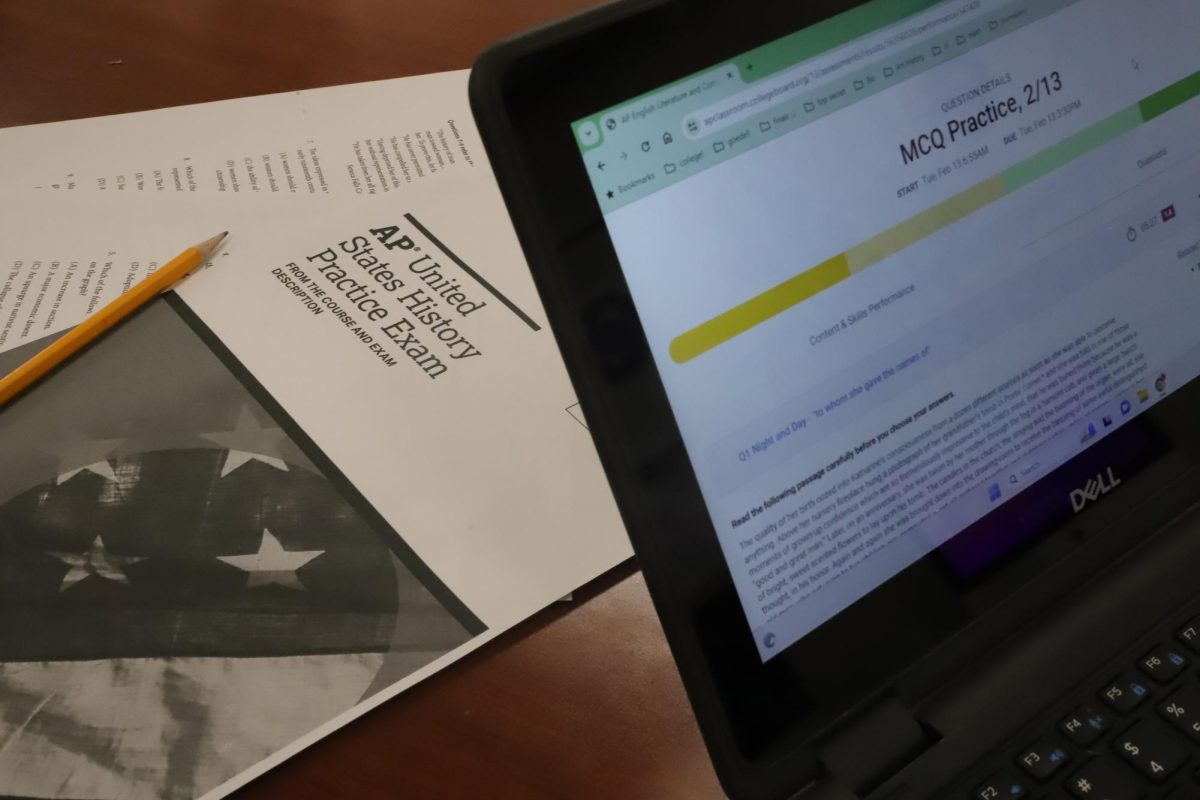Creek’s theater program, Troupe 1730, hosted their first show of the year last weekend. “Radium Girls” tells the story of Grace Fryer, played by senior Molly Grantz and junior Sidney Allen, and the mysterious illness that began to infect employees of watch-making factories in the 1920s after the use of radium in paint. While Fryer fights for her complaints to be heard by the company’s president, she struggles with the loss of her friends, her declining health, and crumbling relationships.
“This show was able to demonstrate [complicated] issues through Grace’s relentless battle towards justice and her [constant] need for change due to the circumstances with her fellow coworkers and herself,” Grantz said.
In 1926, the use of radium, an element which is now understood to be extremely harmful and radioactive, had become rapidly popular for painting glow-in-the dark watch faces, as well as being a supposed cure for tumors and joint pain. Girls like Fryer, who painted the watch faces with radium paints, would lick brushes to sharpen lines — and over time, their jaws began to rot.
Before the show, tech crews spent months constructing, lighting, and collecting props for the production. With work from a near 30 person crew and 19 student leaders, the stage was built to look like a factory, with a giant clock painted in glowing letters above it, and large props to be wheeled on at any point during the show to create a variety of different environments.
“The entire process started back in May when [senior set designer and associate tech director Oliver Burkholder] started making rough drafts of how they wanted it to look,” junior construction head Evan Roosa said.
Every aspect of the show was picked over and made to look exactly like the 1920s: layered cloth dresses, aprons, pinstripe suits, vintage brown glass bottles and green bottomed margarita glasses.
“From a props perspective, the main challenge of this show was achieving the glow look,” junior props and set dressing head Rachel Wheatley said. “It was a key part of what made these props unique and was an important image in the show.”
To depict the imminent death that the radium poisoning was causing for the employees, each character that had been exposed to radium had a skull painted on their lower jaws — and it was only visible when the lights were off.
Director Alex Burkart, with help of senior stage manager Nat Wilkes and assistant stage managers senior Sophia Chuckalas and juniors Cedar Lascor and Norah Armstrong, designed a show with multiple moving parts, complicated choreography, and time-accurate dialogue.
“I would come up with ideas on how to make it functional based on my knowledge of the script,” Wheatley said. “[There would be] a lot of talking with stage management to understand the blocking that the item would need to work with.”
From a tech perspective, crews were in close contact with Burkhart as well. After the set was designed the first time, the crews relied on direction and edits from Burkart to make changes to support blocking for the actors.
“After [Burkholder was] given some changes by [Burkhart,] we met up and started drafting out the show and getting a better idea of how the show was actually going to look,” Roosa said. “After the show was drafted we started [our crews] and were actually able to start building and painting the set.”
Creative production didn’t just rely on tech. Actors and Burkart spent three months practicing dialogue for a play that would teach people about the history of radium poisoning.
“I did not know of this story before participating in the production, unfortunately. I do not think enough people are aware of this story,” Grantz said. “Without [the radium girls], many of the [safety] processes in the workplace and employment rights would not exist.”
Both the cast and crew wanted the show to have a lasting impact on everyone who watched it, as well as teach them about the history of workplace equality and women’s rights.
“This show tells a lot about standing up for yourself and advocating for causes you really care about, even when it seems a little hopeless,” Wheatley said. “For high schoolers, I think it often seems like we don’t have much of a voice, but I think this show demonstrates the need to speak out and fight, even if you think no one is listening.”
“Radium Girls” relied on pinpoint accuracy and time-period relevant details to tell a story, and the cast believes it will make a real impact on the Creek community.
“By the end of this show, many people have become touched by Grace’s story and I believe many people have a new perspective regarding the workplace environment and the importance of fighting for your rights as a human,” Grantz said. “I hope everyone can walk away from this show with a new found respect for employment struggles and the significance of activism and solidarity.”
See moments from the play below:

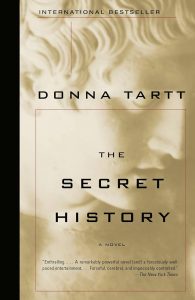

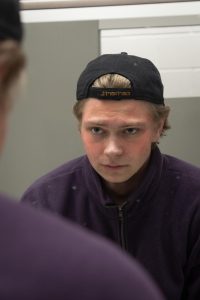

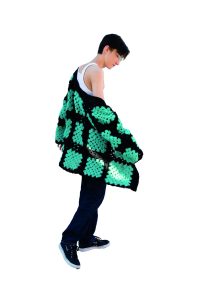
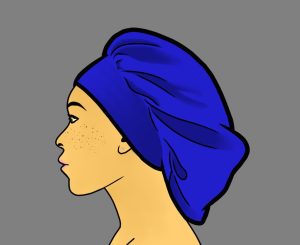


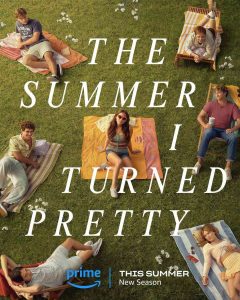

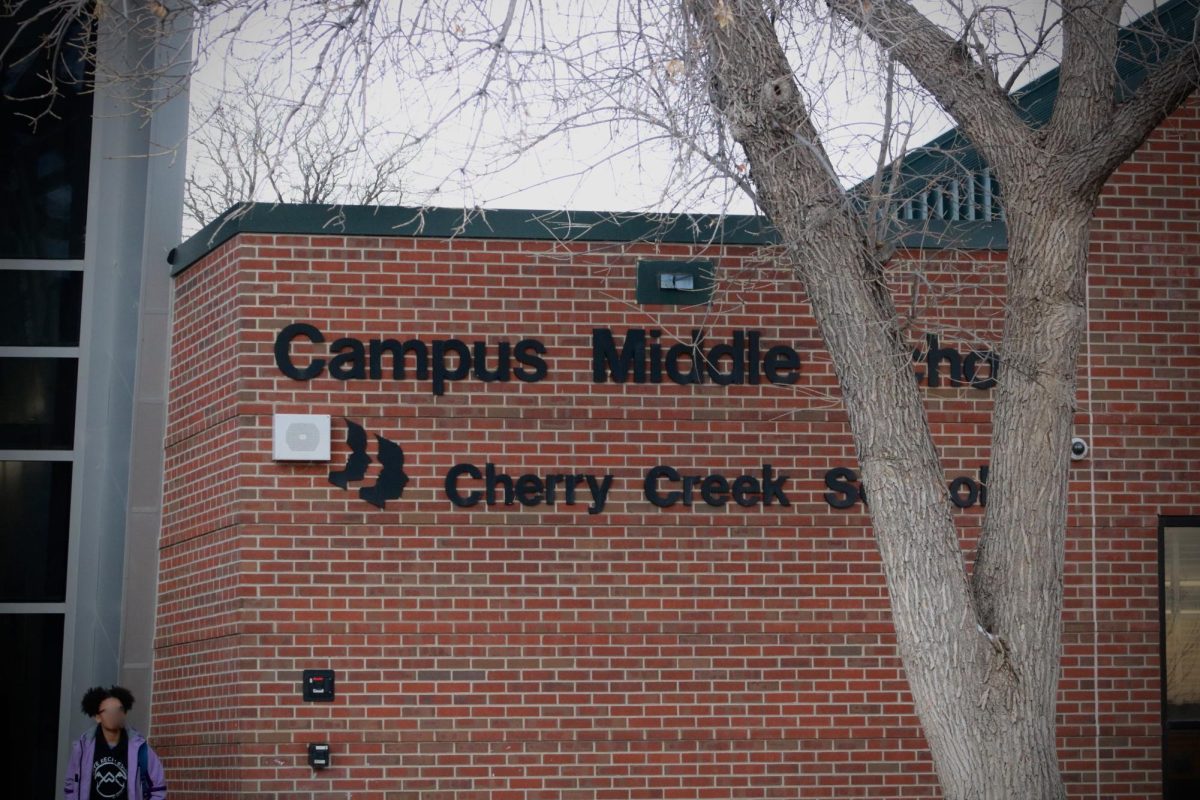

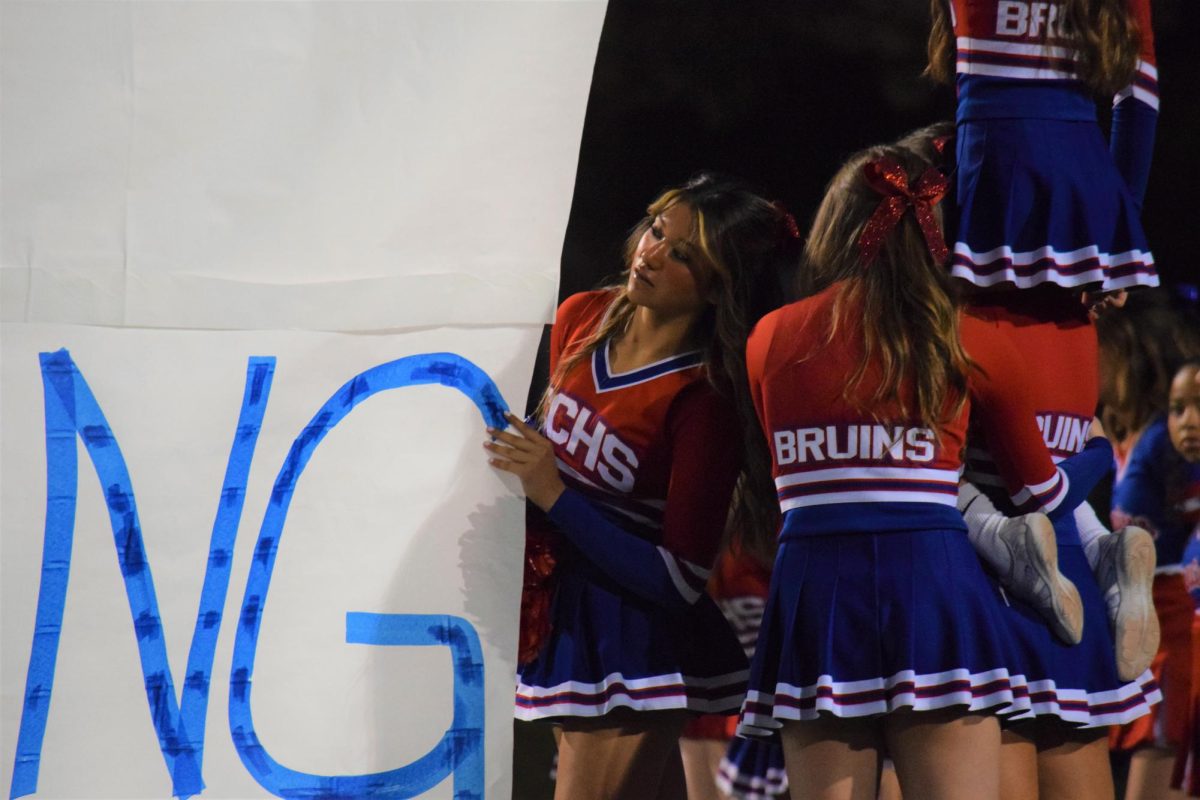




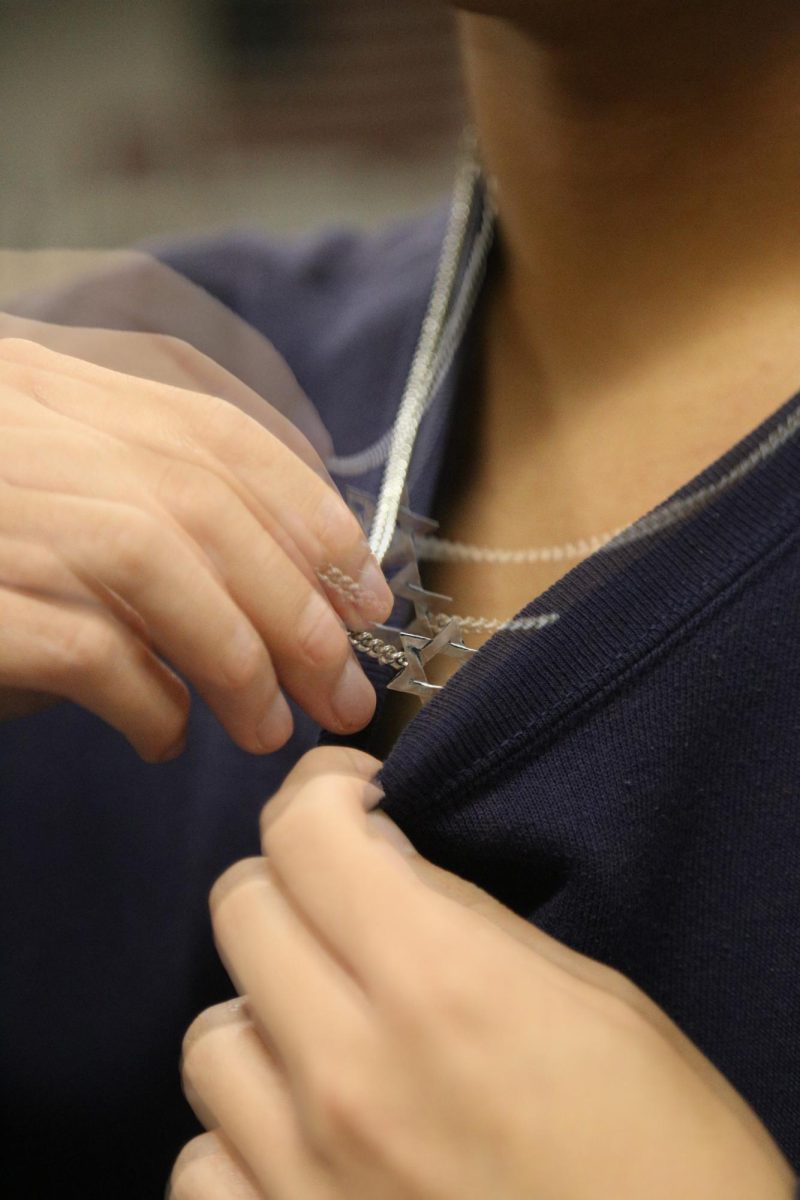
![In a recent surge of antisemitism nationally, many have pointed towards social media and pop culture as a source of hate. “Many far-right people have gone on [X] and started just blasting all their beliefs, Sophomore Scott Weiner said.](https://unionstreetjournal.com/wp-content/uploads/2023/10/antisemitism-popculture-2-1200x675.jpg)
